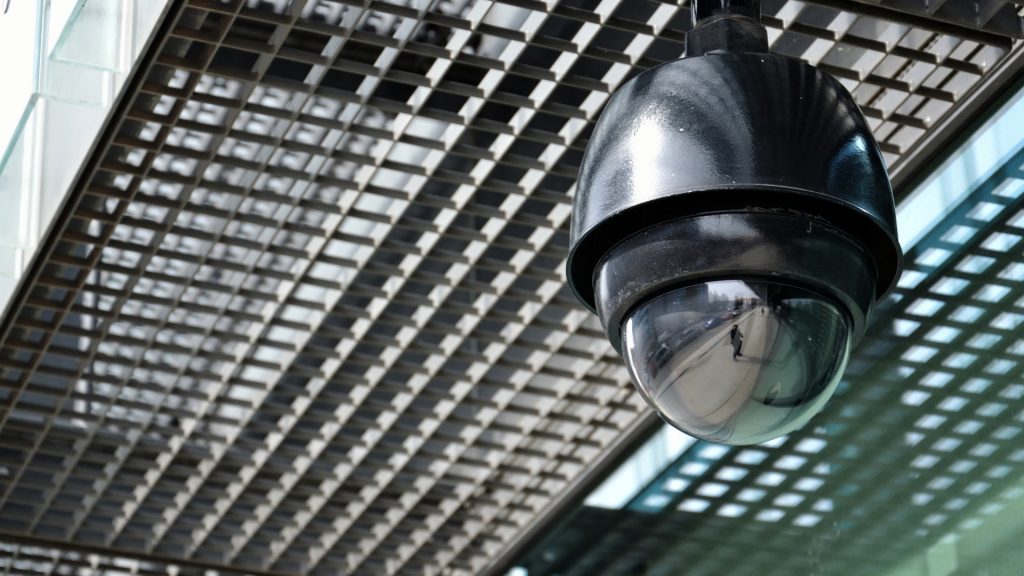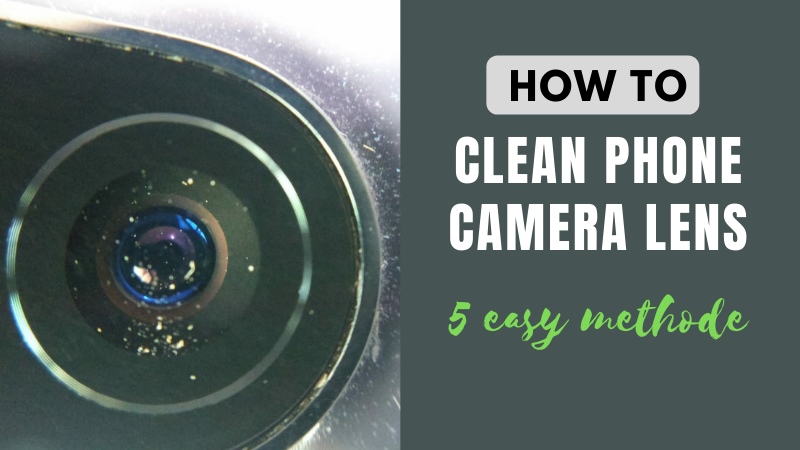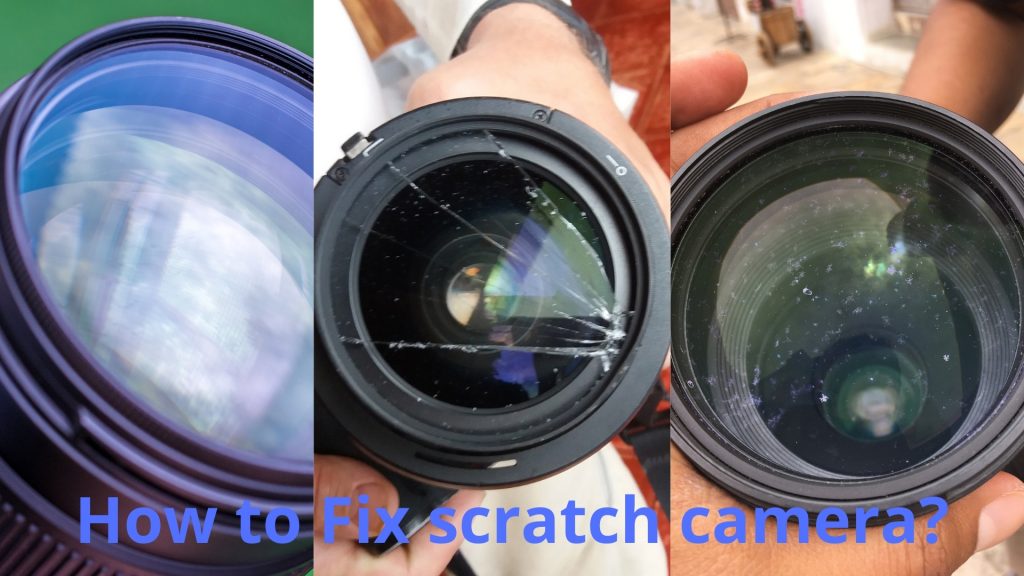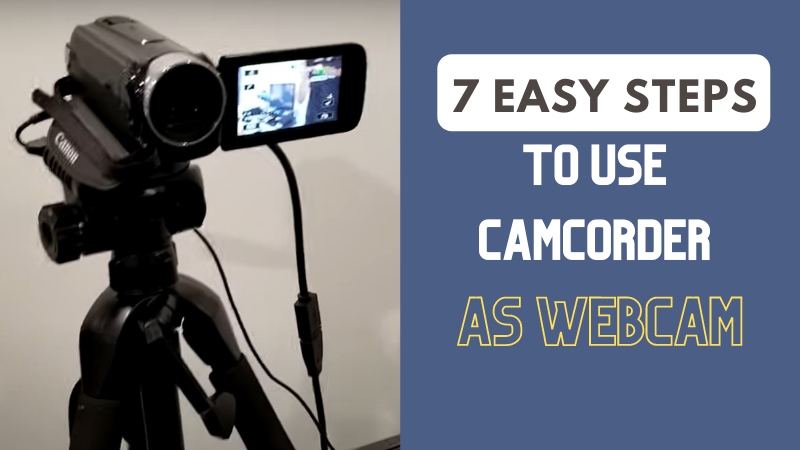Only a few years ago, fake security cameras were all the rage. People were installing these fake cameras to deter criminals and make their properties appear secure. Most people choose fake security cameras because they are less expensive. In order to create the illusion of a larger security area, the owners use fake cameras with real security cameras in some cases.
If you want to know the difference between a security camera and a real camera, the question is, how to spot a fake security camera?

Six Ways To Spot Fake Security Cameras
1. Blinking Led Lights
Fake cameras have flashing lights, especially if they are easily visible.
Because the companies design these lights to attract attention, so they are bright and flashy.. All they do is attract attention in the hope that it will deter any potential trespassers or burglars from entering.
These blinking lights serve no purpose in capturing or processing a security feed. So they are not included in genuine units. Infra-red technology is used in these devices.
The cameras can record at night due to this technology. As a result, when you get close to a genuine unit, you’ll notice a faint glow. It’s an effect that most fake security cameras try to mimic. Sadly, they always overshoot their target. There is usually a bright light inside of these cameras as a result of this. If the camera you’re looking at has bright lights, it’s probably a fake, according to the experts.
2. Thin Cables Or Wires
Usually, the camera’s cables are the first clue. As a result, genuine cameras have relatively thick wires and cables. In addition to carrying data, these cables also carry power to the camera system. Know how much data does a camera use? A given camera system normally has a single cable that does both functions. If you see a camera with very thin cables, it’s likely to be a fake. The companies design fake security cameras to be less expensive, that’s why they cost less.
In addition, they use thinner cables, which are cheaper. And since these cables are useless, they don’t have to do much. As a result, they are thinner. Fake security cameras tend to have too many cables, too, according to a recent study. More than two cables usually indicate a fake. If someone has a newer security camera with more than two cables, it is probably a fake.
3. Cameras Materials
Many cheap replica cameras look like they’re fake, but they aren’t. As a rule, the materials used to make real and fake security cameras are quite different from each other. As a rule, fake security cameras are manufactured with plastic instead of aluminum.
False CCTV cameras, or dummy cameras, look cheap in many situations. Dummy cameras have a cheap plastic cover instead of the standard aluminum cover. It is not difficult for most experienced criminals to tell the difference between plastic and high-quality metal.
Fake security cameras are easy to spot – especially when they’re placed in places where they’re easy to reach, such as the front door.
4. Installation Position
The location of the IP camera’s installation tells you a lot about whether it’s real or fake. There is a good chance that the weather will not be kind to outdoor cameras.
Strong wind and heavy rain are too much for the fake security cameras, which are made of fragile plastic. It’s not enough to protect them from the weather if they have a protruding cover. It’s easy for the fake wires outside to get damaged because they’re exposed.
If you want them to work effectively and permanently, you’ll need to put them in a protected area, like under the eaves or ceilings. As a result, the cameras placed outside to confront the natural elements are most likely real.
4. Tracking And Movement
Nowadays, some cameras detect motion and record it. But they don’t really swivel when someone approaches. As a result, some fake security cameras will rotate back and forth in an effort to mimic the motion-sensing element of the real deal.
Always remember that a real motion-sensing camera will not swivel. When the sensor is activated, it will simply begin recording.
Everything will be recorded, but the device will not move. Occasionally, a fake CCTV camera will make noticeable movements. Keep in mind that true movement tracking or swiveling motion isn’t always an affordable option for most security cameras right now. So it’s not a common or even a possible feature for most units. Therefore a dummy security camera or a fake camera will move.
5. Camera Branding And Marking
Easily identify fake cameras by their lack of branding on the outside. If it is a real security camera, it will have obvious brand markings that identify it as such. It’s easy to tell if a brand is real or fake by doing a quick internet search.
You can even identify dummy cameras with branding as fakes. The mere fact that a brand is mentioned does not mean that it is in fact real. For a real camera to be identified, it must be associated with a brand that is synonymous with a real security camera.
In general, real security cameras can have plenty of branding displayed in a very prominent location. Fake cameras won’t always pay as much attention to detail as real cameras do, though.
Frequently Asked Questions (FAQs)
Is It Important To Have Security Cameras?
A security system, including outdoor security cameras, is an important step people can take to keep their property safe, according to ResearchGate data that surveyed 422 randomly selected male and female burglars incarcerated in prisons. A security system was cited as a major factor in deterring suspects from targeting specific locations.
For example, they wouldn’t even try to steal from a property with high-level security systems. A thief’s image can be captured instantly by a security camera, making it much easier for law enforcement to find and arrest him.
Most people have installed fake security cameras in the hope of fooling burglars by creating the illusion that a security system is in place.
How Do You Know If A Security Camera Is Turned On?
When you install your security camera, you want to make sure it’s recording properly and is on. This will depend on the type of camera you have and the settings you have set on it. A small red blinking light should be visible around the lens of your IP security camera if it has infrared blinking red lights.
Logging into your security software is another option. Live-stream footage will be shown if the cameras are working properly. On security cameras, there are usually power indicators that let you know if the cameras are on and working. A red light or blinking red light can also be used as a warning signal.
Is It Against The Law To Use A Dummy Camera?
No, it’s not against the law.
Fake security cameras are not illegal in most cases. However, dummy CCTV systems or fake security cameras, like real security cameras, must abide by various laws. Fake cameras and real ones both require careful installation to avoid legal ramifications.
If a camera is aimed at a window or set to view private property, it could be in violation of the law. Fake cameras can also have legal ramifications if people rely on them for security reasons.
The owner of a property might install several security cameras, some real, some fake. A false sense of security could be created if people depended on each camera to provide the same level of security, but later discovered that one camera was a dummy. In a known dangerous area, a landlord might install fake security cameras to create the illusion of safety.
Final Thoughts
As a beginner, it is important to learn and understand the characteristics of a real camera. Experienced criminals can usually notice even the littlest nuances of your security system, creating it that is rather more vital that you just like an expert camouflage your dummy system.
A fake system or one that at least uses fake cameras isn’t going to be able to provide evidence of crimes or alert you in the event of a possible threat. If you approach the project with this mentality, you can use fake cameras to fool burglars and deter criminal activity on your property.



